Your Guide to Cheekbone Reduction Surgery Prices in Korea
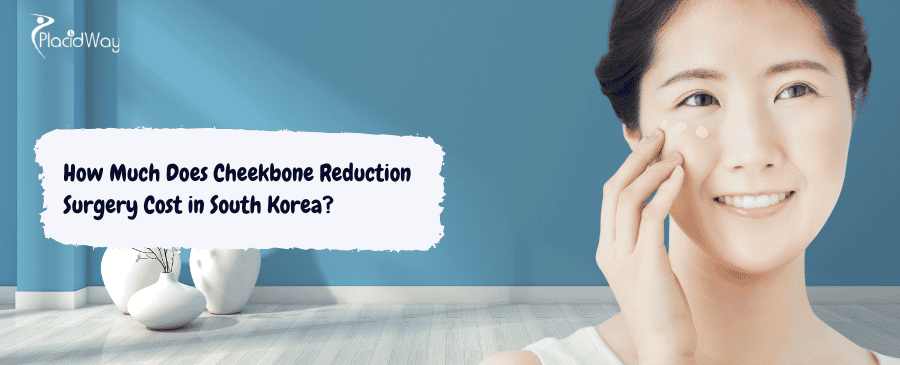
Cheekbone reduction surgery, also known as zygoma reduction surgery, is a popular cosmetic procedure in South Korea, sought after by individuals aiming to achieve a softer, more balanced, and often more youthful facial contour. This surgical intervention focuses on reducing the prominence of the cheekbones (zygoma) to create a slimmer and more aesthetically pleasing facial shape. South Korea has become a global hub for plastic surgery due to its advanced techniques, experienced surgeons, and competitive pricing. This comprehensive guide will explore the costs associated with cheekbone reduction surgery in South Korea, along with other crucial information to help you make an informed decision. We will address common questions to provide clear, actionable insights into this transformative procedure.
What is Cheekbone Reduction Surgery?
"Cheekbone reduction surgery, or zygoma reduction, is a cosmetic procedure that reshapes and reduces the size of prominent cheekbones to create a softer, more oval, or V-shaped facial contour."
This surgery is designed for individuals who feel their cheekbones are too wide, protrusive, or contribute to a harsh or masculine facial appearance. The goal is to achieve a more harmonious facial balance by minimizing the lateral projection of the zygoma (cheekbone) and sometimes the zygomatic arch. The procedure involves carefully cutting and repositioning the bone, often using internal incisions to avoid visible scars. Different techniques, such as L-shaped osteotomy or M-shaped osteotomy, may be employed depending on the patient's specific bone structure and desired outcome.
What Factors Influence the Cost of Cheekbone Reduction Surgery in South Korea?
"The cost of cheekbone reduction surgery in South Korea is influenced by the surgeon's experience, the clinic's reputation, the complexity of the surgery, the type of anesthesia used, and whether additional procedures are combined."
Several key factors contribute to the overall price of this surgery. The surgeon's expertise and their track record of successful outcomes often lead to higher fees. Similarly, reputable clinics with state-of-the-art facilities and a strong international patient focus may charge more. The specific surgical technique required, the extent of bone reduction, and whether the procedure needs to address asymmetry can also affect the cost. Additionally, combining this reduction with other facial contouring surgeries, such as jaw reduction or chin surgery, will naturally increase the total expense.
What is Included in the Price of Cheekbone Reduction Surgery in South Korea?
"Typically, the price for cheekbone reduction surgery in South Korea includes the surgeon's fees, anesthesia costs, hospital or clinic facility fees, and often post-operative care and follow-up consultations."
Many South Korean clinics offer comprehensive packages for international patients. These packages may go beyond the surgical fees and include services like pre-operative consultations, 3D CT scans for precise planning, all necessary medications, and sometimes even interpreter services and airport transfers. It's crucial to clarify with the chosen clinic exactly what is encompassed in their quoted price to avoid unexpected additional costs. Some clinics even include a few nights of hotel accommodation as part of their package for convenience.
Is Cheekbone Reduction Surgery Safe in South Korea?
"Yes, cheekbone reduction surgery in South Korea is generally safe, as many clinics adhere to high international medical standards, employ board-certified plastic surgeons, and utilize advanced technology for patient safety and optimal outcomes."
South Korea has a highly regulated and competitive plastic surgery industry, driving clinics to maintain strict safety protocols. Surgeons undergo extensive training and are often specialized in facial contouring procedures. Clinics are equipped with modern surgical instruments and emergency systems. While any surgical procedure carries inherent risks, such as infection, bleeding, or adverse reactions to anesthesia, these risks are minimized through thorough pre-operative assessments, meticulous surgical techniques, and comprehensive post-operative care. Choosing a reputable clinic with experienced surgeons is paramount for a safe and successful outcome.
How Long Does Cheekbone Reduction Surgery Take?
"Cheekbone reduction surgery typically takes 1 to 1.5 hours to complete, though the total time at the clinic, including preparation and recovery, will be longer."
The actual surgical time for zygoma reduction is relatively short. However, patients should factor in time for pre-operative preparations, which include detailed consultations, imaging (like 3D CT scans), and anesthesia administration. After the surgery, patients will spend a few hours in a recovery room under observation before being discharged. Some complex cases might require a slightly longer surgical duration.
What is the Recovery Period for Cheekbone Reduction Surgery?
"The initial recovery period for cheekbone reduction surgery involves significant swelling and discomfort for the first 7-10 days, with most daily activities resuming within 1-2 weeks, and full recovery taking several months as swelling completely subsides."
Patients typically experience swelling, bruising, and some discomfort around the cheekbone and jaw area. Pain medication will be prescribed to manage any discomfort. A soft diet is usually recommended for the first few weeks to avoid straining the surgical area. It's common for significant swelling to persist for several weeks, gradually decreasing over 3-6 months. Most individuals can return to light daily activities within a week and resume more strenuous activities after a month. Regular follow-up appointments with the surgeon are essential to monitor healing and ensure optimal results.
What are the Potential Risks and Side Effects of Cheekbone Reduction Surgery?
"Potential risks and side effects of cheekbone reduction surgery include swelling, bruising, infection, nerve damage, asymmetry, non-union of bones, and in rare cases, skin sagging."
While generally safe, it's important to be aware of potential complications. Swelling and bruising are expected and temporary. More serious but rare risks include infection at the surgical site, which can be managed with antibiotics. Nerve damage can lead to temporary or, in very rare cases, permanent numbness or weakness in parts of the face. Asymmetry might occur if the reduction is not perfectly even. Non-union of bones is a rare complication where the repositioned bone segments do not heal together properly, potentially requiring further intervention. Skin sagging can occur if too much bone is removed without adequate soft tissue support, though advanced techniques and proper patient selection minimize this risk.
How to Choose a Reputable Clinic for Cheekbone Reduction in South Korea?
"To choose a reputable clinic for cheekbone reduction in South Korea, look for board-certified surgeons, international accreditation, clinics with positive patient reviews and testimonials, comprehensive before-and-after photos, and clear communication with English-speaking staff or interpreters."
Research is key when selecting a clinic. Prioritize clinics that have a strong specialization in facial contouring surgery, particularly cheekbone reduction. Verify the surgeon's qualifications, experience, and the number of procedures they have performed. Online reviews and forums can provide insights into other patients' experiences. Request to see before-and-after photos of previous cheekbone reduction patients to assess the surgeon's aesthetic style and results. Ensure the clinic provides detailed consultations, transparent pricing, and robust post-operative care. Clear communication and accessibility for international patients are also important considerations.
What Does the Consultation Process for Cheekbone Reduction Involve?
"The consultation process for cheekbone reduction surgery in South Korea involves a thorough facial examination, 3D CT scans to analyze bone structure, discussion of desired aesthetic outcomes, and a detailed explanation of the surgical plan and potential risks."
During the initial consultation, the surgeon will assess your facial structure, listen to your aesthetic goals, and determine if you are a suitable candidate for this reduction. 3D CT scans are crucial for precise planning, allowing the surgeon to visualize your bone structure in detail and plan the exact amount and method of bone reduction. The surgeon will discuss the various techniques available, explain the surgical procedure step-by-step, outline the expected results, and inform you about the recovery process and potential risks. This is also an opportunity to ask any questions you may have about the surgery and the clinic's services.
Are There Non-Surgical Alternatives to Cheekbone Reduction?
"While non-surgical alternatives cannot achieve the same dramatic and permanent results as cheekbone reduction surgery, options like facial liposuction or facial injectables (e.g., Botox) can offer subtle contouring or muscle relaxation to reduce the appearance of wider cheekbones."
For individuals seeking less invasive options, or those with only slightly prominent cheekbones due to soft tissue rather than bone, some alternatives exist. Facial liposuction can reduce fat deposits around the cheeks, making them appear smaller. Botox injections can reduce the size of the masseter muscles, which can sometimes contribute to a wider lower face, thus indirectly creating a more V-shaped appearance. However, it's important to understand that these methods do not alter the bone structure and therefore have limitations in achieving the significant reduction and reshaping that surgical intervention offers.
How Long Should I Stay in South Korea for Cheekbone Reduction Surgery?
"It is generally recommended to stay in South Korea for at least 10-14 days after cheekbone reduction surgery for initial recovery and necessary follow-up appointments."
This recommended stay allows for adequate time for the initial swelling to subside, for the surgeon to monitor your immediate recovery, and to remove any sutures if external ones were used. It also provides a buffer in case of any minor complications or additional post-operative care needs. While some individuals might feel well enough to travel sooner, staying for the recommended period ensures proper medical attention during the critical early healing phase.
What is the Difference Between Zygoma Reduction and Cheekbone Reduction?
"There is no difference; Zygoma Reduction and Cheekbone Reduction are synonymous terms referring to the same surgical procedure that reduces the prominence of the cheekbones."
The terms "zygoma" and "cheekbone" are used interchangeably in the context of this surgery. The zygoma is the medical term for the cheekbone, and thus, zygoma reduction surgery directly translates to cheekbone reduction surgery. Both terms describe the procedure aimed at reshaping and reducing the size of the cheekbones for a more refined facial contour.
What Results Can I Expect from Cheekbone Reduction Surgery?
"You can expect a slimmer, softer, and more contoured facial profile, with reduced prominence of the cheekbones, leading to a more oval or V-shaped face, and often a more youthful and feminine appearance."
The results of cheekbone reduction surgery are permanent, as the bone structure is physically altered. Patients typically observe a noticeable reduction in facial width, particularly in the mid-face area. The goal is to achieve a natural-looking result that harmonizes with other facial features. While initial swelling can obscure the full results, the final outcome becomes visible as swelling completely resolves over several months. Many patients report increased confidence and satisfaction with their new facial shape.
Is Cheekbone Reduction Reversible?
"No, cheekbone reduction surgery is generally not reversible in its entirety, as it involves the permanent removal and reshaping of bone."
Because the procedure involves cutting and repositioning or removing portions of the zygoma (cheekbone), the changes are permanent. While revision surgeries might be possible to address minor asymmetries or to further refine the results, it is generally not possible to restore the original bone structure once it has been reduced. Therefore, it's crucial to have a clear understanding of the desired outcome and choose a highly skilled surgeon.
Will Cheekbone Reduction Surgery Cause Skin Sagging?
"With modern techniques and proper patient selection, cheekbone reduction surgery is designed to minimize the risk of skin sagging, especially when fixation methods are used to secure the repositioned bones."
While older techniques or excessive bone reduction without proper soft tissue management could potentially lead to skin sagging, contemporary cheekbone reduction procedures in South Korea employ advanced methods like rigid fixation (using small plates and screws) to re-secure the repositioned bones. This helps to maintain soft tissue support and prevent the skin from sagging. Experienced surgeons also carefully assess skin elasticity and may suggest complementary procedures if a patient is deemed at higher risk for sagging.
How Can I Find Before and After Photos of Cheekbone Reduction Surgery in South Korea?
"You can find before and after photos of cheekbone reduction surgery by visiting the official websites of South Korean plastic surgery clinics, searching on medical tourism platforms, and exploring patient review forums."
Most reputable clinics in South Korea proudly display a gallery of their before and after photos of actual patients who have undergone this procedure. These images are invaluable for understanding the potential results and assessing a surgeon's aesthetic style. Medical tourism platforms and dedicated plastic surgery forums also often feature patient-submitted photos and reviews, providing a broader range of perspectives. It's important to view a variety of cases to gain a realistic understanding of what the surgery can achieve.
What are the Different Techniques for Cheekbone Reduction?
"Common techniques for cheekbone reduction include L-shaped osteotomy, which reshapes the front part of the cheekbone, and M-shaped or high L-osteotomy, which addresses both the front and side (arch) of the zygoma for a more comprehensive reduction."
The choice of technique depends on the patient's individual anatomy and desired outcome.
- L-shaped osteotomy primarily focuses on reducing the forward projection of the cheekbone.
- M-shaped osteotomy (or high L-osteotomy) is often used for more significant reduction, as it involves cutting and repositioning both the body of the cheekbone and the zygomatic arch (the side part of the cheekbone), allowing for a more pronounced inward and backward movement of the entire cheekbone structure.
- Some techniques also incorporate rotation osteotomy, where the zygoma is rotated inwards to reduce its overall width. The goal is always to achieve a smooth, natural-looking contour without creating unnatural angles or depressions.
Explore PlacidWay for solutions related to medical tourism and healthcare services.
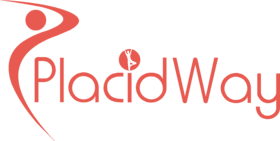

.png)
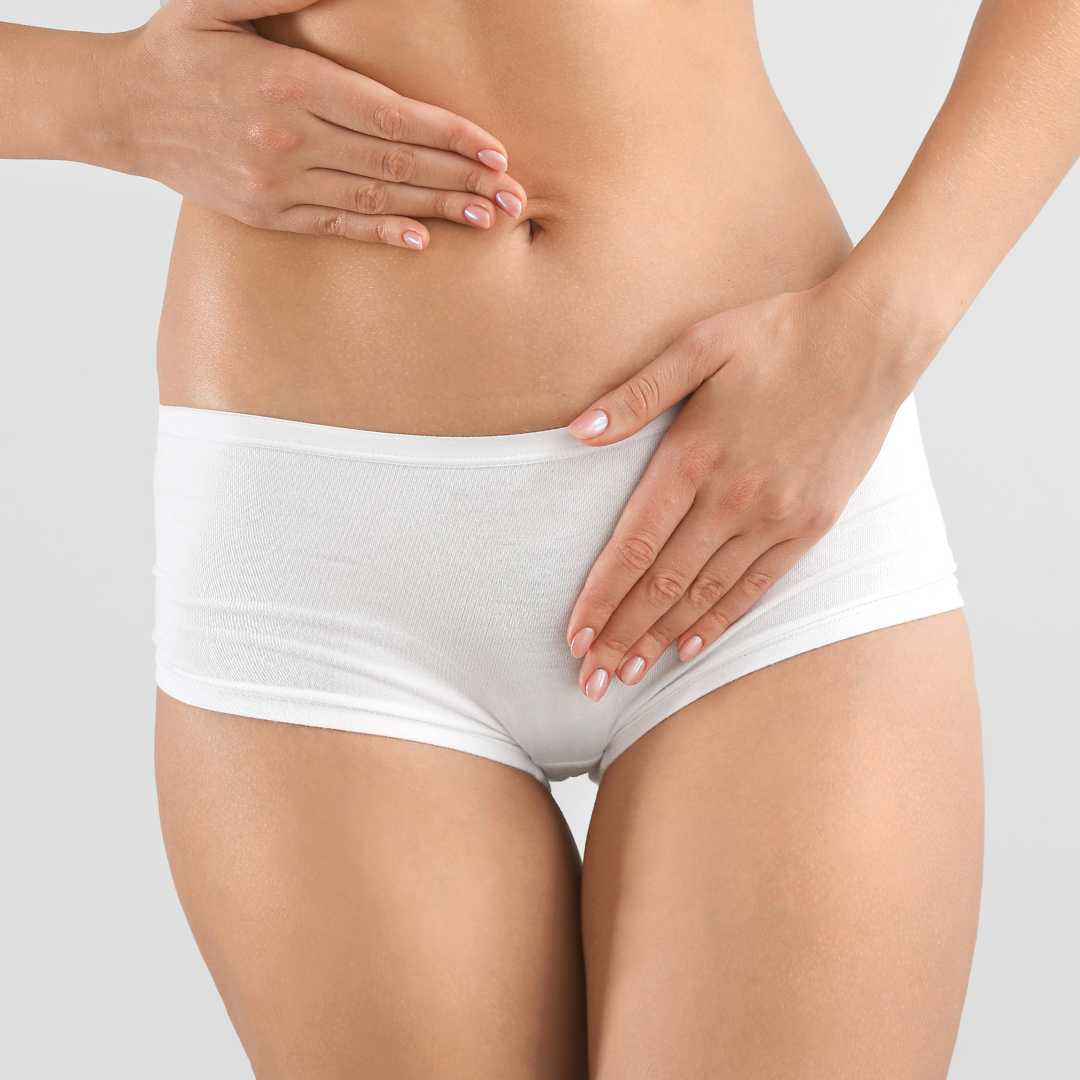






.png)
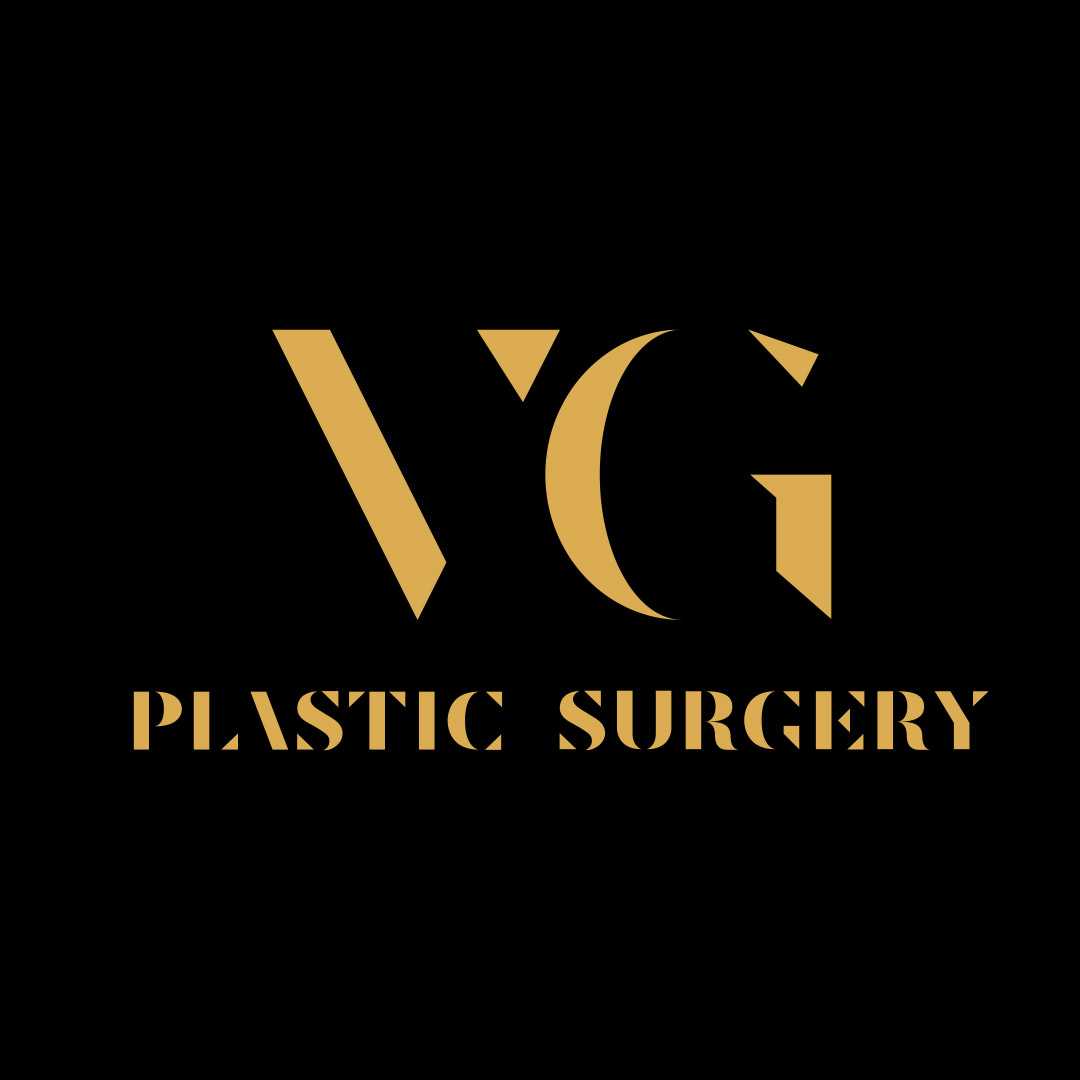
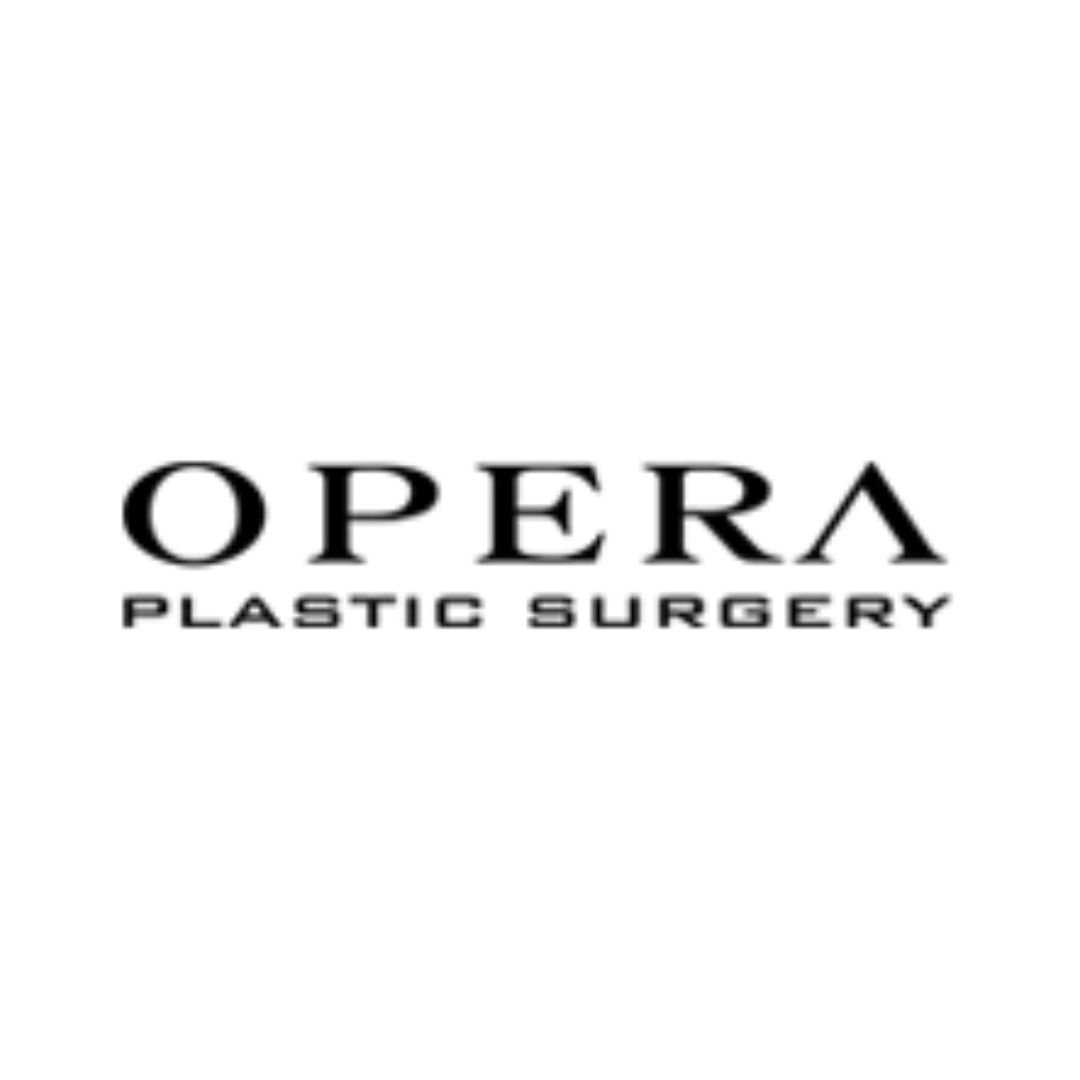
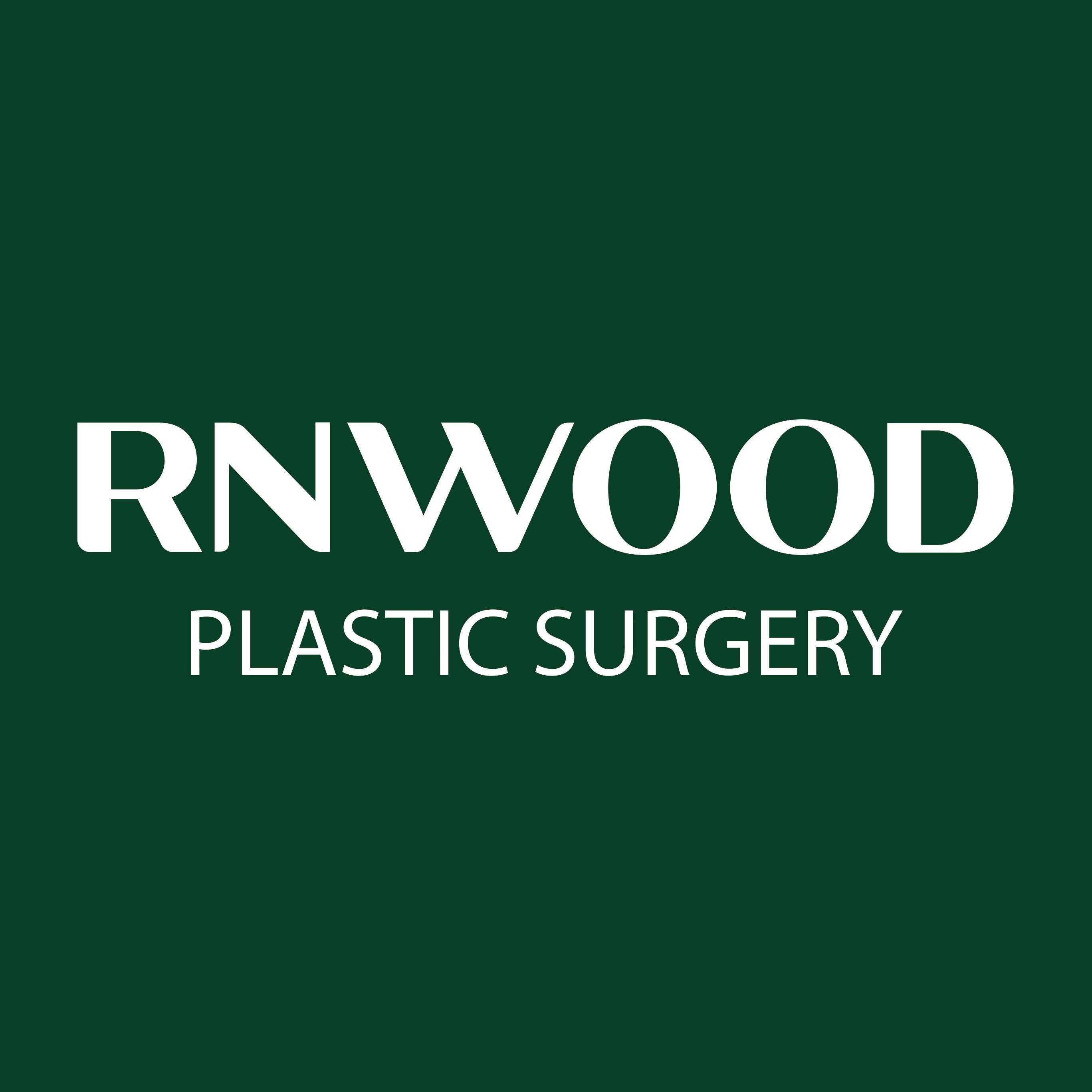
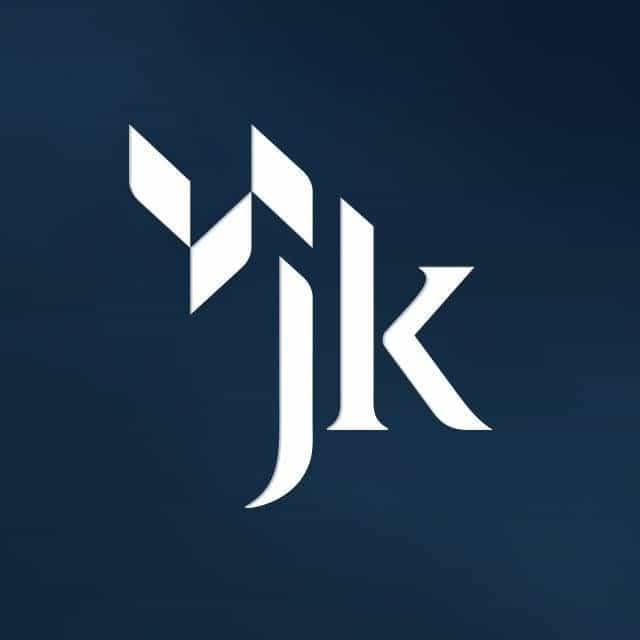
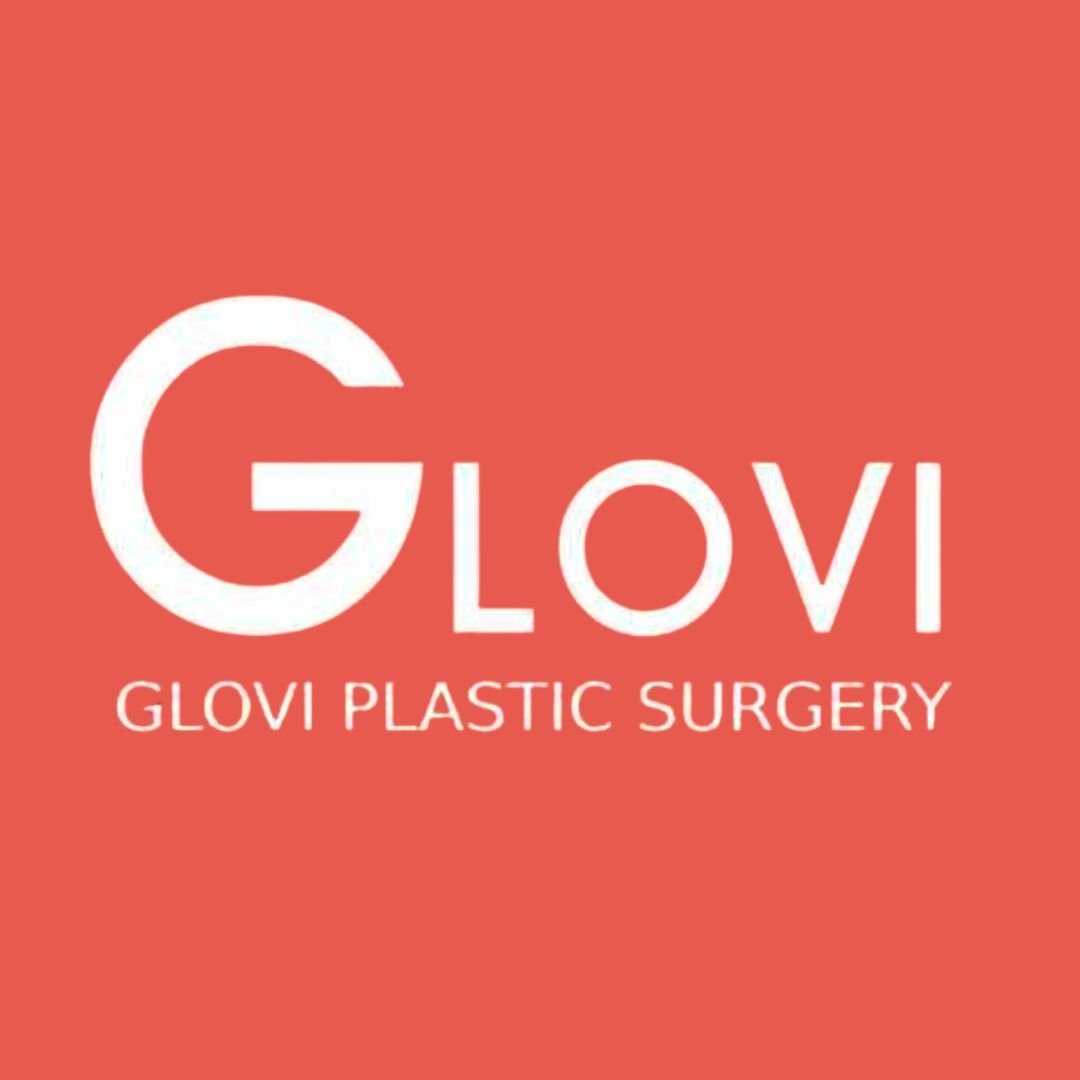

Share this listing